When investing in quality gym equipment, proper care and maintenance are essential to extend its lifespan and keep it performing optimally. Equipment like treadmills, dumbbells, benches, and resistance machines endure constant use, accumulating sweat, dust, and grime over time. These factors can lead to wear and tear, impacting both functionality and hygiene. Here’s a comprehensive guide on how to clean and maintain your gym equipment, ensuring it remains in top condition for years to come.
1. Daily Cleaning of Gym Equipment
Cleaning your gym equipment daily is crucial to preventing the buildup of bacteria, grime, and sweat residue that can damage equipment over time. Here’s how to make daily cleaning a quick and effective part of your routine:
- Wipe Down After Each Use: Encourage users to wipe down equipment with disinfectant wipes or a mild cleaning solution after each use. Focus on high-contact areas such as handles, seats, and console screens.
- Use Non-Abrasive Cleaners: Avoid harsh chemicals that can corrode equipment surfaces. Instead, use a mix of water and a gentle disinfectant or a specialty gym cleaner to keep surfaces clean and safe.
- Dry Thoroughly: After cleaning, dry equipment with a microfiber cloth to prevent moisture from settling on metal parts, which can lead to rust and corrosion.
By following these steps, you maintain a clean and inviting workout environment and prevent long-term damage to your equipment.
2. Weekly Cleaning and Maintenance Routine
A deeper weekly cleaning routine is essential to address areas where daily cleanings might be missed. Set aside time once a week to clean and inspect your equipment thoroughly. For more info Click here
- Check for Loose Bolts and Screws: Gym equipment is subject to frequent movement, which can cause bolts and screws to loosen over time. Inspect all components and tighten any loose parts to prevent instability or potential accidents.
- Inspect Moving Parts: For machines with moving parts like treadmills, ellipticals, and rowing machines, inspect them weekly to ensure they are functioning smoothly. Lubricate joints and gears with recommended oils to reduce friction and prevent wear.
- Vacuum Around and Underneath Equipment: Dust can accumulate beneath machines and equipment, leading to malfunction or damage. Use a vacuum cleaner or a broom to remove dust and debris that may interfere with the equipment’s moving parts.
3. Monthly Deep Cleaning and Maintenance
A monthly deep cleaning routine provides an opportunity to inspect and maintain components that contribute to the longevity of your gym equipment.
- Lubricate Treadmill Belts and Other Moving Parts: Lubrication is essential for machines with belts, such as treadmills, as it minimizes friction between the belt and deck, ensuring smooth operation and preventing damage. Follow the manufacturer’s instructions to apply the appropriate lubricant, as using the wrong type could void the warranty.
- Clean Dumbbells, Barbells, and Weights: Metal weights and barbells are prone to rust if exposed to sweat or moisture. Clean these with a mild soap solution, then wipe them dry with a clean towel. Consider applying a thin layer of oil to metal weights to prevent rust.
- Sanitize Yoga Mats and Benches: Yoga mats, benches, and padded surfaces should be disinfected monthly to remove dirt and bacteria buildup. Use a disinfectant spray or mild soapy water to clean these surfaces, then let them air dry completely before using.
4. Yearly Gym Equipment Inspection
An annual inspection is vital for addressing more in-depth maintenance needs and identifying any major repairs or replacements. Here’s what you should include in your yearly maintenance:
- Replace Worn-Out Cables and Belts: Over time, cables and belts on machines like cable crossovers and treadmills can wear out, increasing the risk of accidents. Inspect these parts closely and replace them if you notice any signs of fraying or loosening.
- Inspect Electrical Components: Electrical parts, especially in machines like treadmills and elliptical trainers, should be inspected by a professional. Ensure that all wiring is intact and connections are secure. Replace any worn-out wires or damaged circuits.
- Assess Cushioning and Padding: The padding on benches, seats, and other equipment can wear thin over time. If the cushioning is torn or losing its firmness, consider replacing it to maintain comfort and support for users.
5. Additional Tips for Gym Equipment Longevity
Maintaining your gym equipment isn’t just about cleaning; it’s also about using it responsibly to avoid unnecessary damage. Here are some tips to ensure your equipment lasts as long as possible:
- Position Equipment Properly: Place machines on a flat, stable surface to prevent unnecessary wear on certain components. A mat beneath each machine can also help reduce impact and protect your flooring.
- Use Equipment Correctly: Improper use of gym equipment can lead to premature wear and tear. Educate users on proper form and safe handling, and post instructions for complex machines to reduce misuse.
- Protect from Moisture and Humidity: Excess moisture can cause rust on metal components and mold on padded surfaces. Keep your gym in a climate-controlled environment, or use a dehumidifier if your space is prone to high humidity.
- Regularly Replace Parts as Needed: Small parts like grips, rubber foot pads, and resistance bands can wear out faster than the main equipment. Replace these parts as necessary to keep your equipment functioning smoothly and safely.
6. Storing Gym Equipment Properly
Storing gym equipment properly is crucial, especially if it’s used seasonally or not regularly. Here are some tips to store your equipment safely:
- Cover Equipment with Dust Covers: Dust covers protect machines and weights from accumulating dust and debris when not in use. This is particularly useful for home gyms where equipment may not be used as frequently.
- Disassemble and Store Compactly: If storing equipment for a prolonged period, consider disassembling larger machines to save space and reduce the risk of damage.
- Protect Cables and Belts from Tension: If your equipment has cables or belts, make sure to release any tension to prevent stretching and degradation over time.
Final Thoughts
By committing to a regular cleaning and maintenance routine, you can extend the lifespan of your gym equipment and create a safer, more enjoyable workout space. Proper maintenance isn’t just about aesthetics; it ensures that your equipment functions optimally, preventing injuries and unnecessary repair costs. Embrace these steps, and your gym equipment will reward you with years of reliable performance. For top-quality gym equipment and accessories, visit Fitness Warehouse to explore a range of durable and high-performance options.

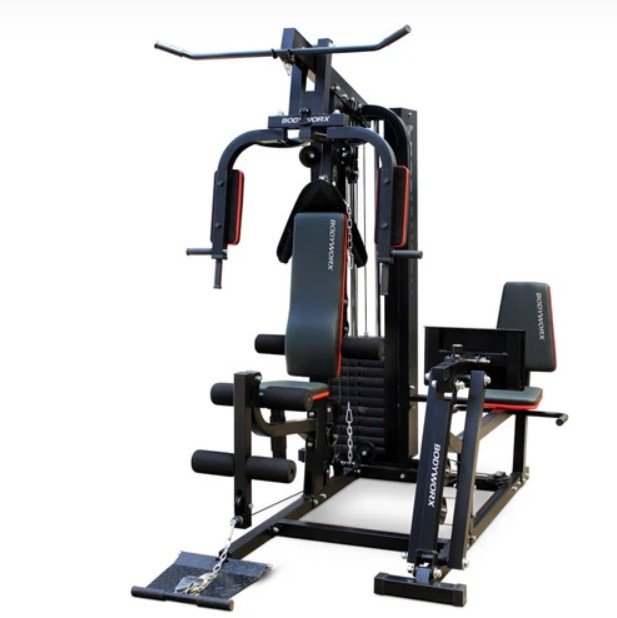
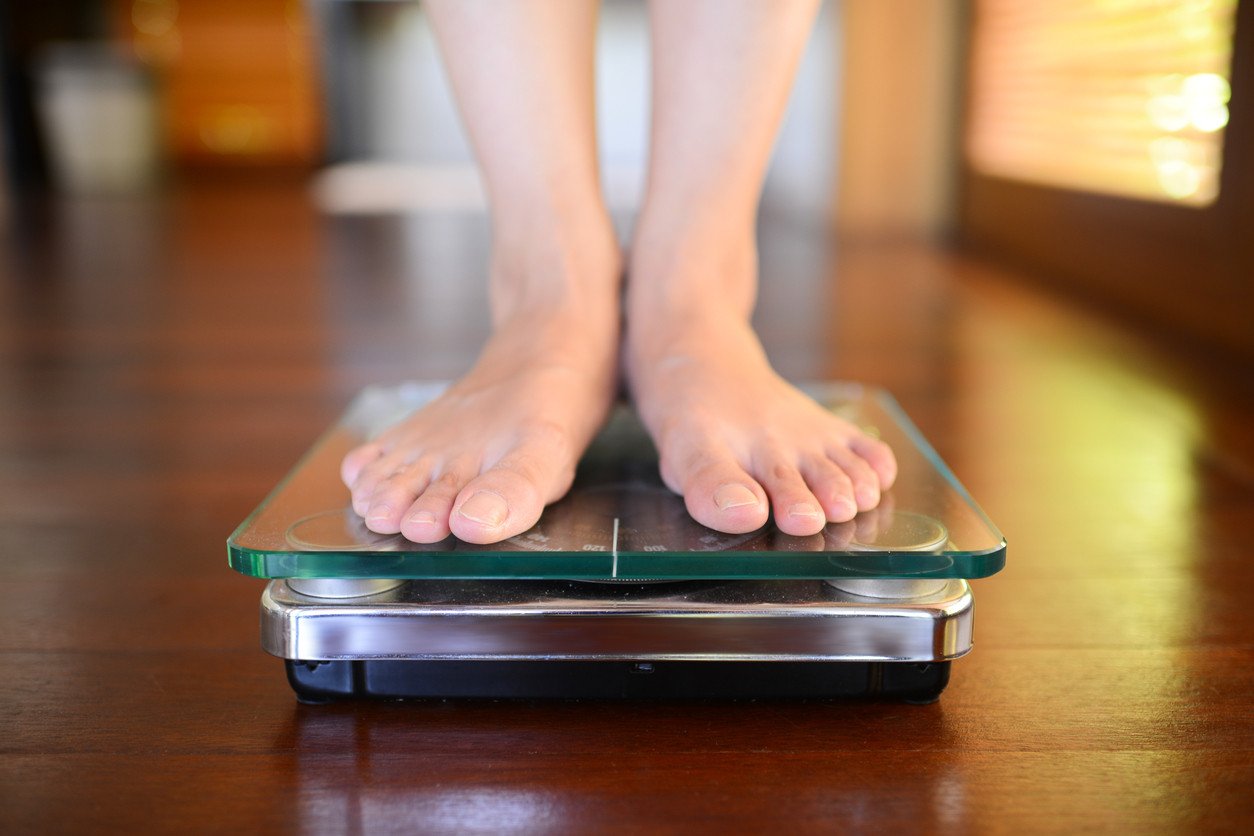




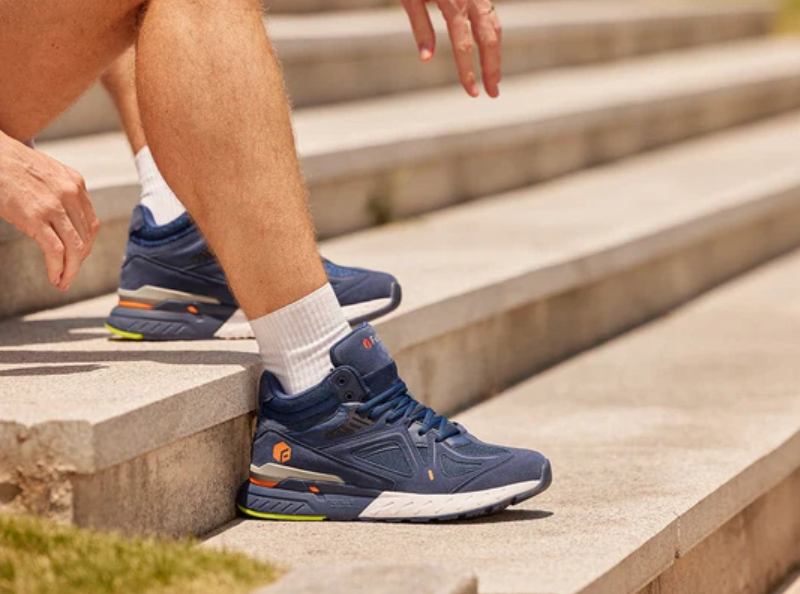
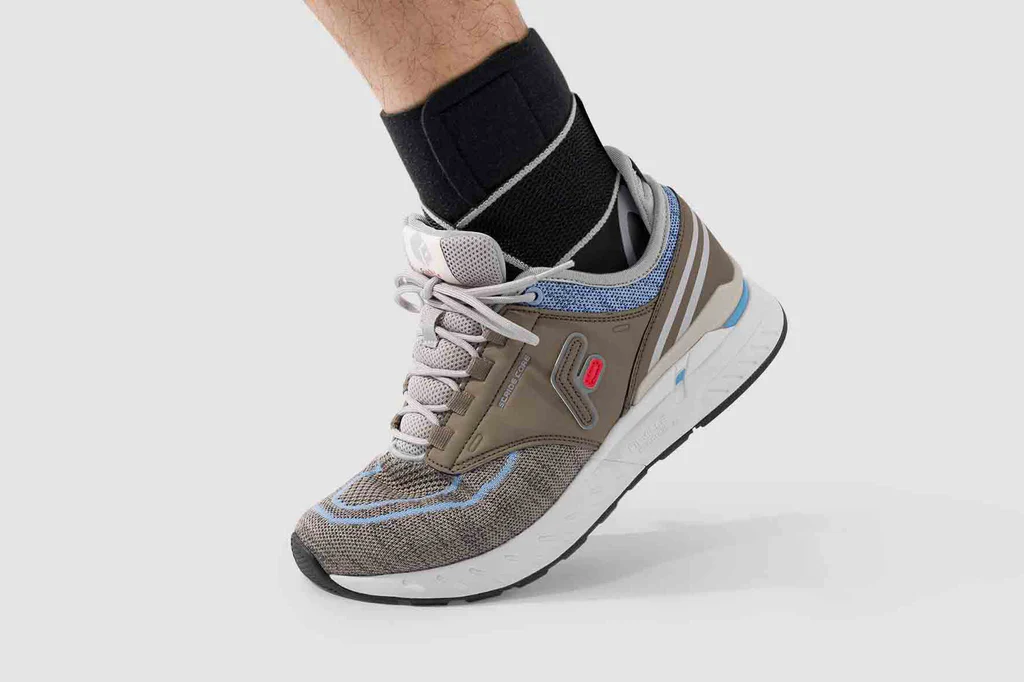
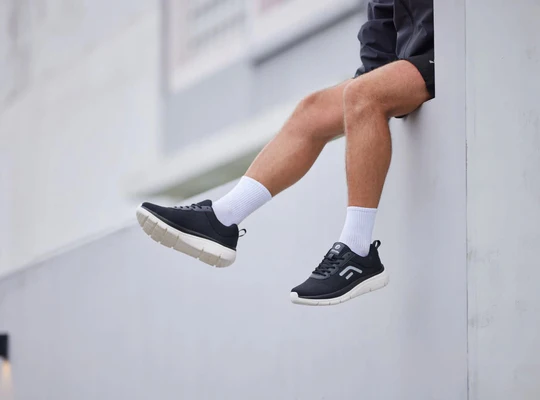

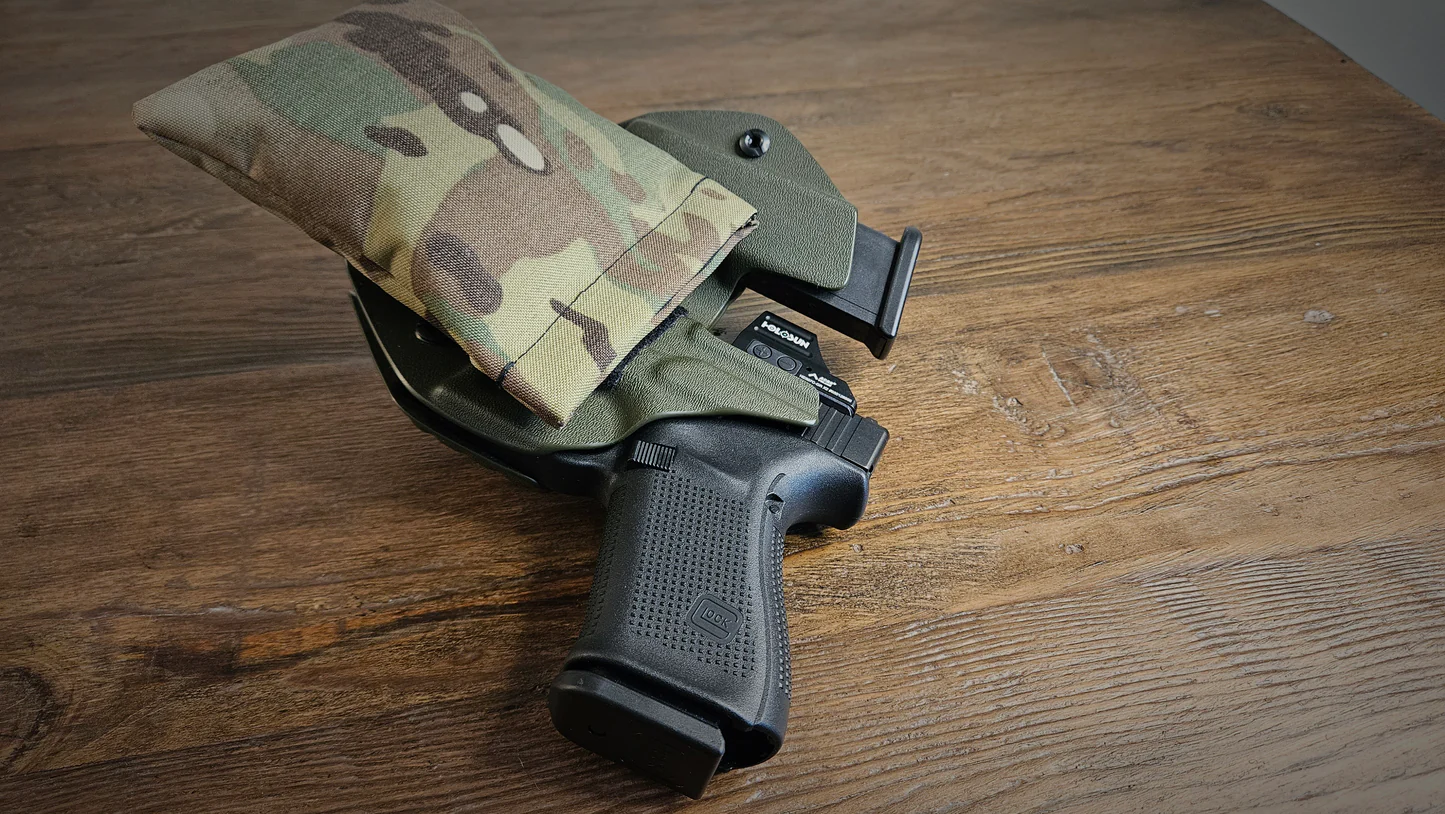
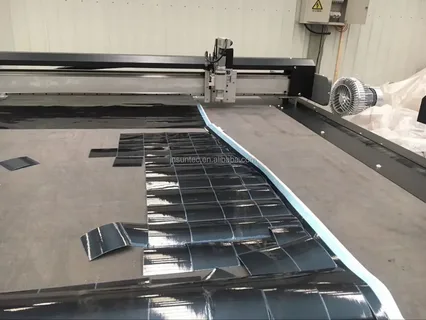

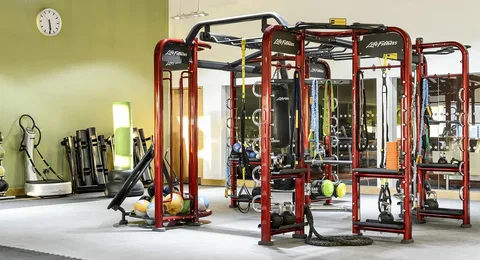

Leave a Reply